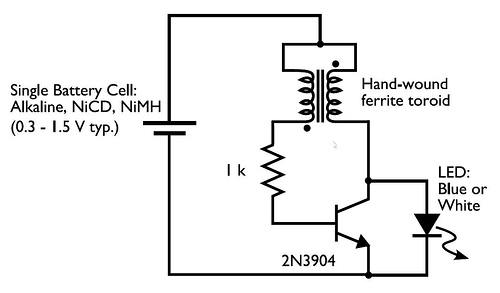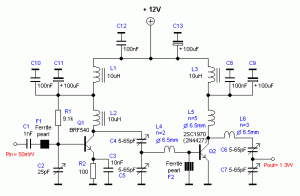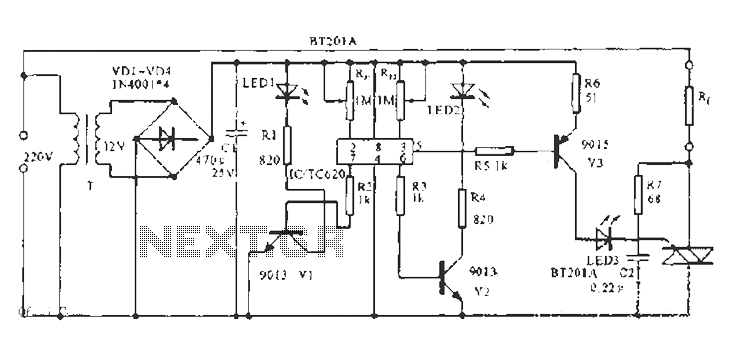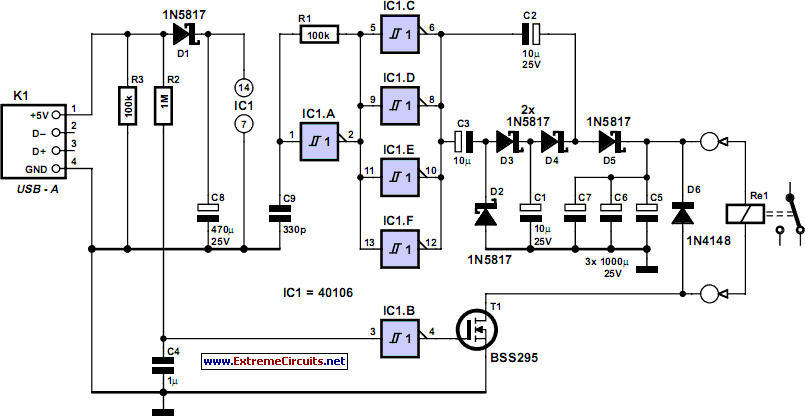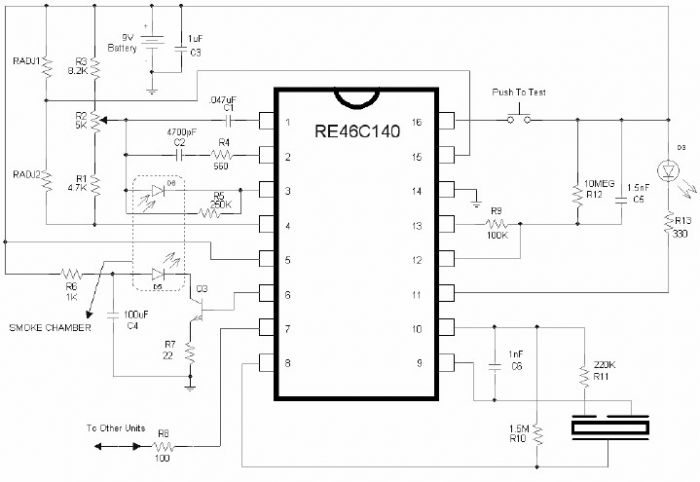
Minimal PIC18 USB connection schematic
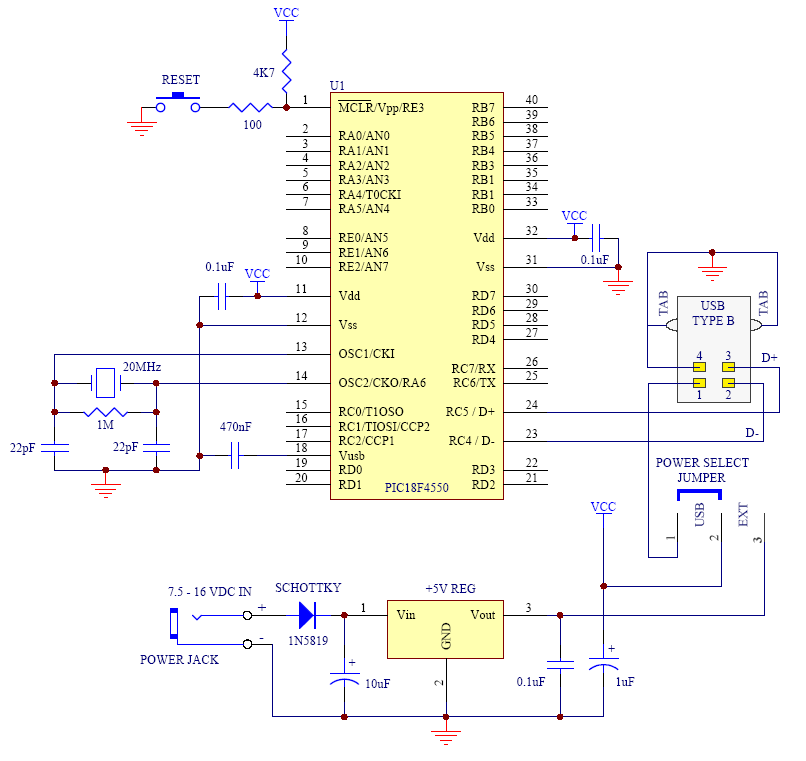
During the process of organizing computer files, a schematic was discovered that was utilized in the initial phase of USB LED Matrix development. It is believed that this schematic could be beneficial to others.
The schematic in question pertains to a USB LED Matrix, a device that utilizes an array of light-emitting diodes (LEDs) to create visual displays controlled via a USB interface. The design typically includes a microcontroller to manage the LED operation, allowing for dynamic content display.
The matrix is usually constructed with a grid layout, where each LED is individually addressable. This enables the creation of various patterns and animations by controlling the intensity and color of each LED. The microcontroller is programmed to interpret data received through the USB connection, which may come from a computer or other USB-enabled device.
Power management is a critical aspect of the design, as the LED matrix must operate efficiently to prevent overheating and ensure longevity. A voltage regulator may be included to maintain a stable power supply to the LEDs and microcontroller. Additionally, current-limiting resistors are often employed to prevent excess current from damaging the LEDs.
The schematic may also incorporate various input/output (I/O) connections, allowing for the integration of additional features such as buttons for user interaction or sensors for environmental feedback. This versatility enhances the usability of the LED matrix in different applications, ranging from decorative displays to functional indicators.
Overall, the USB LED Matrix schematic serves as a foundational blueprint for those interested in developing their own LED display projects, offering insights into the necessary components and their interconnections.While cleaning up my computer files I stumbled over this schematic, which I used in the early stage of the USB LED Matrix development, and I thought it might be usefull to others. 🔗 External reference
The schematic in question pertains to a USB LED Matrix, a device that utilizes an array of light-emitting diodes (LEDs) to create visual displays controlled via a USB interface. The design typically includes a microcontroller to manage the LED operation, allowing for dynamic content display.
The matrix is usually constructed with a grid layout, where each LED is individually addressable. This enables the creation of various patterns and animations by controlling the intensity and color of each LED. The microcontroller is programmed to interpret data received through the USB connection, which may come from a computer or other USB-enabled device.
Power management is a critical aspect of the design, as the LED matrix must operate efficiently to prevent overheating and ensure longevity. A voltage regulator may be included to maintain a stable power supply to the LEDs and microcontroller. Additionally, current-limiting resistors are often employed to prevent excess current from damaging the LEDs.
The schematic may also incorporate various input/output (I/O) connections, allowing for the integration of additional features such as buttons for user interaction or sensors for environmental feedback. This versatility enhances the usability of the LED matrix in different applications, ranging from decorative displays to functional indicators.
Overall, the USB LED Matrix schematic serves as a foundational blueprint for those interested in developing their own LED display projects, offering insights into the necessary components and their interconnections.While cleaning up my computer files I stumbled over this schematic, which I used in the early stage of the USB LED Matrix development, and I thought it might be usefull to others. 🔗 External reference
Warning: include(partials/cookie-banner.php): Failed to open stream: Permission denied in /var/www/html/nextgr/view-circuit.php on line 713
Warning: include(): Failed opening 'partials/cookie-banner.php' for inclusion (include_path='.:/usr/share/php') in /var/www/html/nextgr/view-circuit.php on line 713
